China to learn from EU mycotoxin policy
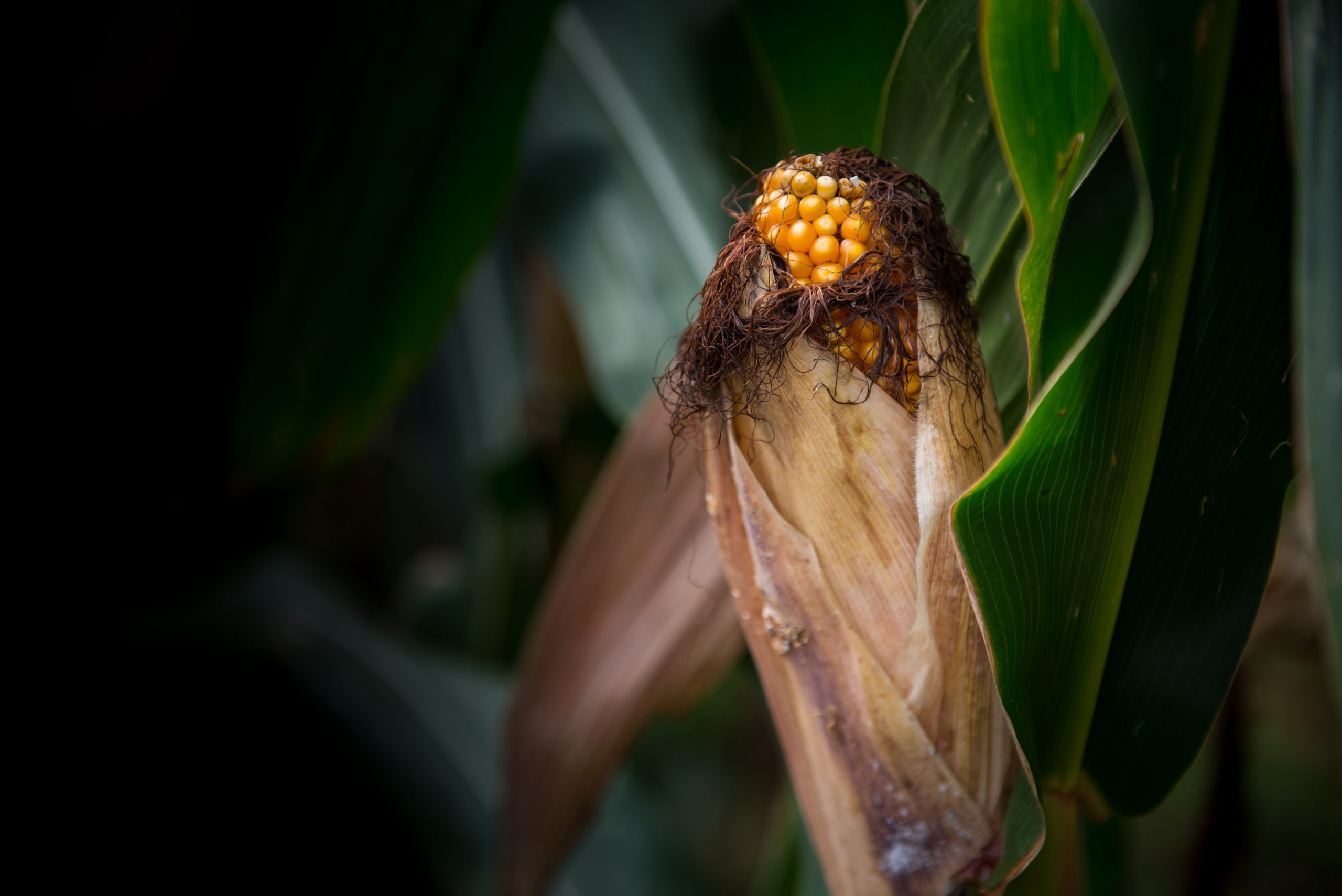
The European mycotoxin project MyToolBox is stepping up its collaboration with China to discuss approaches to standard setting for mycotoxin detoxification additives and to carry out more studies. All About Feed talked to John Gilbert, who is leading this collaboration work.
A successful MyToolBox meeting took place on 28 March 2017 in Beijing, China between officials from the Ministry of Agriculture (MOA) in China, the European Commission and partners from the European project on mycotoxins (MyToolBox) to discuss approaches to standard setting for mycotoxin detoxification additives. It was clear from this meeting that much can be learnt by the EU and China officials concerning the different regulatory approaches and the goal should be a mutual recognition of the processes used for testing the efficacy of feed additives. What are the next steps and what is the current status of mycotoxin research in China?
AAF: Does China have a big problem with mycotoxin contamination?
John Gilbert: “It is really difficult to know the true situation in China concerning mycotoxins, but as fungal infection is predominantly driven by climatic conditions for pre-harvest contamination, China is unlikely to be different to other similar geographical regions. Where wheat is grown then deoxynivalenol (DON) will undoubtedly occur and levels will depend on whether fungal resistant varieties are grown, the fungicide spraying regime, climatic conditions at different times in the growing cycle etc. Maize is invariably contaminated pre-harvest with fumonisins and China will be the same as elsewhere in the world. The situation with aflatoxins is a bit different as contamination can occur pre- and post-harvest, the later depends on how efficiently drying is carried out and on proper storage conditions.
A recent survey paper on DON looked at samples between 2010-2013 and showed that between 50-70% of samples collected in China were contaminated with DON with mean levels ranging from 100-750 ppb with maximum levels ranging from 3273 to 14,276 ppb with the highest levels found in 2013. These figures are probably more or less what one would expect to find in small grain cereals grown elsewhere in the world. In another study, high incidence and some high levels of fumonsins were found. I would say these levels are fairly typical but it needs quite a bit of work to make a meaningful comparison with data from other countries”.
Is this also seen in milk samples?
“In a published survey of levels of aflatoxin M1 (AFM1) in milk, it was shown that in 11.9% of the 2014-2015 UHT milk samples, the AFM1 levels exceeded the EU limit. This was lower than the frequency recorded in 2010 (20.3%). None of the pasteurised milk samples exceeded the EU limit in 2015. The UHT milk samples from the north of China were less likely to be contaminated than the samples from the south both in 2014 and 2015. None of the samples exceeded the Chinese legal limit. Another study analysed 530 samples of raw milk from dairy farms in the Tangshan region of north China during four seasons each year from 2012 to 2014. The results showed that AFM1 was detected in 280 samples (52.8%) at the range of 10-200 ppt, and the mean level of AFM1 was 73.0 ppt, which was below the China and US legal limit of 500 ppt. The published literature indicates that there is aflatoxin B1 contamination of feed in China, but as the AFM1 limit is ten-fold higher in China than the EU limit, the feed contamination apparently is not a cause for concern”.

Are there enough products on the market to deactivate mycotoxins? How are they dealing with it now?
“It is not possible to give a definitive answer to this question, but in the 5-year project from the Division of Feed Administration in China (MOA) some 50 mycotoxin detoxification feed additives were obtained and analysed for contaminants including heavy metals. Both in-vitro and in-vivo screening of these additives was conducted”.
How is the current registration of mycotoxin deactivators regulated in China?
“There is currently no authorisation procedure in place in China for mycotoxin detoxification additives. As such, no standard protocol is available to verify the efficacy and safety of mycotoxin binders/ deactivators on the Chinese market. In 2013, the MOA therefore initiated a 5-year project entitled ‘Mycotoxin detoxifying feed additives standard drafting’. Amongst others, a Scientific Committee responsible for this area has been made, and there will also be a new laboratory built, responsible for evaluating feed additives. A decision was made to adopt biomarkers as a measure of efficacy of feed additives rather than the current approach of monitoring target organs. Other objectives include setting up a standard in vitro methodology for mycotoxin deactivator evaluation. A guideline for efficacy evaluation was launched by the MOA in December 2016”.
Is China looking to adopt the EU approach regarding the registration of mycotoxin deactivating products?
“The purpose of our meeting with officials in Beijing and having Frans Verstrate from DG Sante present, was to explain the EFSA approach of risk assessment of mycotoxin detoxifiers and the protocol for evaluation using animal studies. In MyToolBox we are planning two animal studies to be conducted in China one with AFB1 in the feed of dairy cattle and another on fumonisins in feed for pigs. Both studies will strictly follow the EFSA protocol and in both studies EU approved detoxifiers will be used alongside additives from China. It is expected that this strategy will be successful in persuading the Chinese of the merits of the EU approach.
There are around 475 million pigs in China so any improvements in feed conversion or health improvements through minimising exposure to mycotoxins will have significant economic benefits. Convincing the Chinese of the merits of the approach need not entail any additional work in the future, as data submitted to EFSA by EU companies should be suitable to submit to MOA and provided the same protocol is followed data generated in China should be suitable for EFSA evaluation of Chinese detoxifiers”.
How will the collaboration between China and the EU be further outlined in the next few years?
“We have the specific collaboration mentioned above on mycotoxin detoxifier feed additives, and also collaboration on improved grain storage by using novel sensors and modelling conditions for fungal growth in silos. Additionally a web-based tool is being developed by MyToolBox to help farmers minimise pre-harvest contamination with DON and this model will be tested in China using DON contamination data. Finally we have established a research network to share knowledge between EU and China on mycotoxins and hopefully to benefit by further future collaboration”.
What will be the most effective measure to help the mycotoxin problem in China on the short and long term?
“Probably the web-based tool for farmers has the most potential to help farmers in the future as it could have a large impact depending on the number of users. Getting the design right and talking to end-users (farmers) will be an important part of ensuring successful uptake and we are putting a lot of effort into this aspect.
More information about the MyToolBox project can be found on:
Join 26,000+ subscribers
Subscribe to our newsletter to stay updated about all the need-to-know content in the feed sector, three times a week. Beheer
Beheer

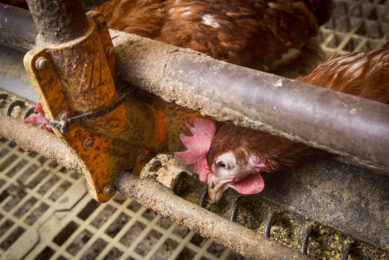
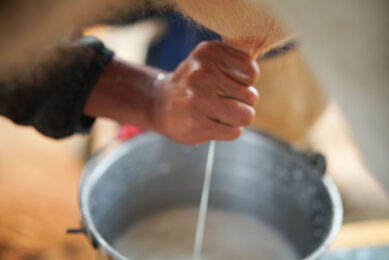

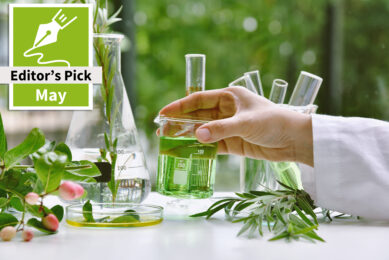
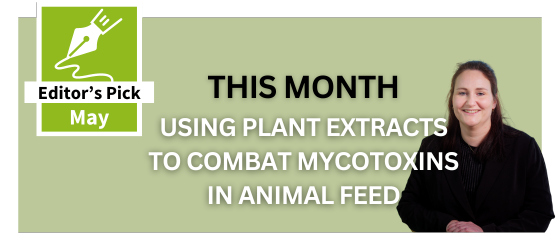



 WP Admin
WP Admin  Bewerk bericht
Bewerk bericht